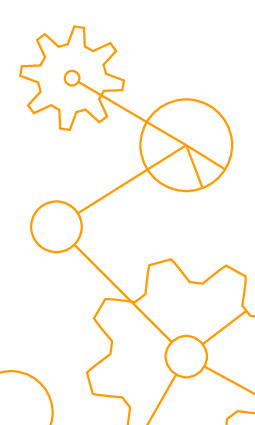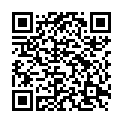|
|
|
| Module code: WIMASc135 |
|
|
2V+2U (4 hours per week) |
|
6 |
| Semester: 1 |
| Mandatory course: yes |
Language of instruction:
German |
Assessment:
Written exam
[updated 18.12.2018]
|
WIMASc135 (P450-0107) Industrial Engineering, Master, ASPO 01.10.2014
, semester 1, mandatory course
|
60 class hours (= 45 clock hours) over a 15-week period.
The total student study time is 180 hours (equivalent to 6 ECTS credits).
There are therefore 135 hours available for class preparation and follow-up work and exam preparation.
|
Recommended prerequisites (modules):
None.
|
Recommended as prerequisite for:
WIMASc225 Renewable Energies and Electrical Networks
[updated 10.02.2020]
|
Module coordinator:
Prof. Dr. Rudolf Friedrich |
Lecturer:
Prof. Dr. Rudolf Friedrich
Prof. Dr. Frank Kneip
[updated 10.02.2020]
|
Learning outcomes:
Electric Machines:
After successfully completing this module students will:
_ know the theoretical and physical basics of electric machines.
_ be familiar with the different types and designs of rotating electric machines.
_ be able to explain the different modes of operation, areas of application and operating characteristics of rotating machines, as well as their characteristics.
_ be familiar with the different types and designs of static electric machines and their modes of operation and operating behavior.
_ be able to select electric machines for specific applications taking into account their respective operating behavior and their competence for solving simple tasks in the field of electric machines.
Simulation:
After successfully completing this module students will:
_ be able to implement a DC motor model and a modeled load in Matlab/Simulink.
_ be able to select the signals relevant to solving specific problems, record them as measured variables and evaluate them.
_ be able to analyze and interpret the behavior of an engine using selected signals in the context of the overall system.
_ be able to analyze cause-effect relationships in the overall system and evaluate the influence of individual parameters.
_ be able to design and implement a control strategy for a DC motor depending on specific measurement and control options.
[updated 18.12.2018]
|
Module content:
Electric Machines:
1. Physical structure and configuration of an electric machine
1.1. Classifying electric machines
1.2. Areas of application of electric machines
1.3. Physical principles
2. DC machine
2.1. Physical structure
2.2. Functionality
2.3. Operating behavior and characteristics
2.4. Technical realization
3. Transformer
3.1. Physical structure
3.2. Functionality
3.3. Operating behavior and characteristics
3.4. Technical realization
4. Asynchronous machines
4.1. Slip ring and squirrel cage rotors
4.2. Physical structure
4.3. Functionality
4.4. Operating behavior and characteristics
4.5. Technical realization
5. Synchronous machine
5.1. Salient pole and non-salient pole generators
5.2. Physical structure
5.3. Functionality
5.4. Operating behavior and characteristics
5.5. Technical realization
6. Universal motor
7. Torque converter/asynchronous machine in stationary condition
Simulation:
1. Developing a simulation model for DC motors
2. Modeling and simulating load cases
3. Determining static characteristic curves from simulation data
4. Analyzing dynamic behavior and cause-effect relationships
5. Influence of tolerances and parameter variation
6. Simulating control strategies
Presentation with projector, lecture notes, blackboard, PC, Matlab/Simulink, computer-aided experiments
[updated 18.12.2018]
|
Recommended or required reading:
Electric Machines:
_ Spring, E.: Elektrische Maschinen - eine Einführung; 3. Auflage, Springer Verlag, 2009
_ Fischer, R.: Elektrische Maschinen; 15. Auflage, Carl Hanser-Verlag, 2011
_ Seefried, E. / Mildenberger, O.: Elektrische Maschinen und Antriebstechnik - Grundlagen und Betriebsverhalten; 1. Auflage, Vieweg Verlag, 2001
Simulation:
_ Nollau, R.: Modellierung und Simulation technischer Systeme _ Eine praxisnahe Einführung; 1. Auflage, Springer Verlag, 2009
_ Schröder, D.: Elektrische Antriebe _ Grundlagen; 4. Auflage, Springer Verlag, 2009
_ Schröder, D.: Elektrische Antriebe _ Regelung von Antriebssystemen; 3. Auflage, Springer Verlag, 2009
_ Isermann, R.: Mechatronische Systeme _ Grundlagen; 2. Auflage, Springer Verlag, 2008
_ RRZN Handbuch: Matlab/Simulink; 4. Auflage, 2012
[updated 18.12.2018]
|


